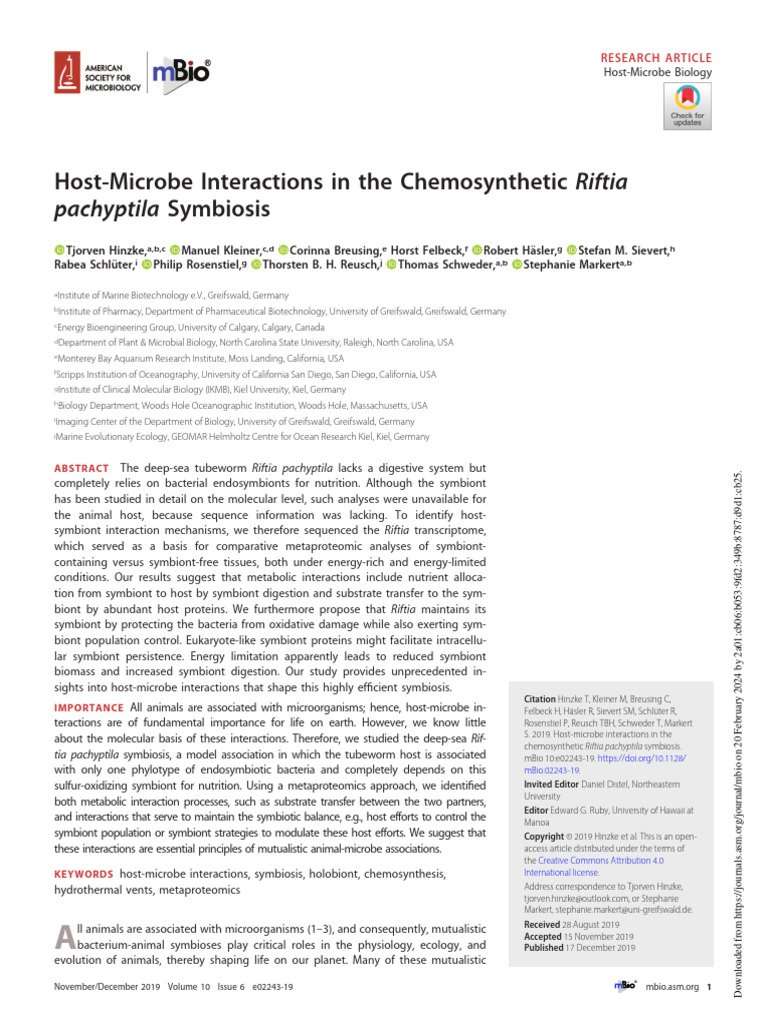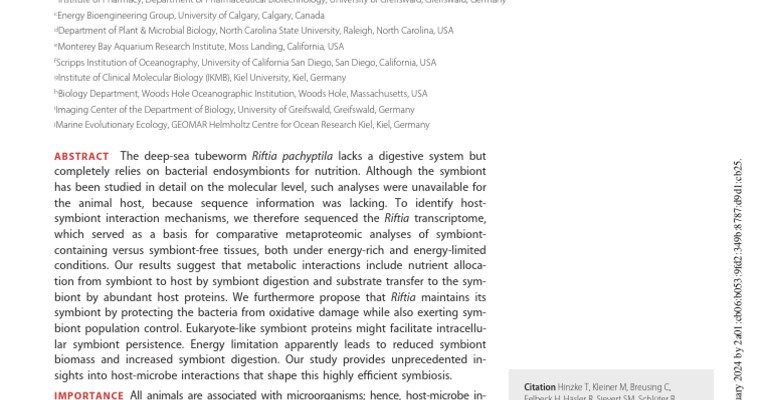
Using Riftia Pachyptila in your science demonstrations can spark a ton of curiosity among students. Imagine explaining how life can exist in extreme conditions, or how these worms play a crucial role in their ecosystem. It’s a dynamic way to teach concepts about adaptation, symbiosis, and the fascinating world of marine biology—all while making it relevant and exciting for students. So, let’s dive into how you can incorporate Riftia Pachyptila into your classroom science demos and why they matter.
What Are Riftia Pachyptila?
Riftia Pachyptila, often referred to as giant tube worms, live near hydrothermal vents on the ocean floor. These vents release hot, mineral-rich water, creating a unique habitat where few other life forms can survive. Imagine a boiling hot spring, but under a thousand meters of water!
These worms can grow up to 8 feet long, which is quite impressive. Instead of a mouth, they have a tube-shaped body housing a plume that collects chemicals from the water. Here’s where it gets really interesting: these plankton-free environments foster a special relationship between Riftia and bacteria. The bacteria, living inside the worms, convert those chemicals into energy through a process called chemosynthesis.
You might be wondering why these worms matter. Well, they are a key player in deep-sea ecosystems. They provide food and habitat for various marine creatures. Exploring how such a seemingly simple organism plays such a vital role in its environment can captivate students’ imaginations.
Why Use Riftia Pachyptila in Science Demonstrations?
Using Riftia Pachyptila in your demonstrations can make science come alive! First off, these worms offer a tangible example of extreme adaptation. Students can explore how life finds a way even in the most inhospitable places. It’s a great reminder that life is often more resilient than we might think.
Moreover, discussing the relationship between Riftia Pachyptila and the bacteria can lead to conversations about symbiosis. This is an important ecological concept, showing students how different life forms can depend on each other for survival. It’ll help them appreciate the interconnectedness of life on Earth.
Lastly, incorporating these worms into your lessons can help students learn about scientific exploration and discovery. Many people don’t realize the depths of our oceans are largely uncharted, and learning about creatures like Riftia can inspire future scientists and explorers. By showcasing these amazing organisms, you might just ignite a passion for marine biology or environmental science in your students.
How to Incorporate Riftia Pachyptila into Class Activities
Okay, so how do you actually bring Riftia Pachyptila into the classroom? You don’t need to lug an aquarium full of tube worms (though that would be amazing). Instead, you can use multimedia resources like videos or interactive presentations. Here are some ideas:
- Video Demonstrations: Find educational videos that show Riftia Pachyptila in their natural habitat. Watching them in action can be way more engaging than just reading about them.
- Virtual Field Trips: Use online resources that take students on virtual explorations of hydrothermal vent ecosystems. This can spark discussions about what it’s like to conduct research in such extreme conditions.
- Model Creation: Have students create their own model of Riftia and its habitat. This could be as simple as crafting tube worms from paper or as intricate as building a 3D model using recycled materials.
In each of these activities, be sure to engage students in discussions about what they see and learn. Encouraging questions will make them feel involved and deepen their understanding of the material.
Connecting Riftia Pachyptila to Broader Scientific Themes
Riftia Pachyptila is an excellent gateway into broader scientific discussions. One key theme is adaptation. How do organisms change over time to survive in unique environments? Explore this with your students by comparing Riftia to other organisms that live in extreme conditions, like extremophile bacteria or polar bears in icy environments.
Another fascinating topic is the process of chemosynthesis. Spend some time discussing how it differs from photosynthesis. You can even run a simple experiment demonstrating how plants (which use photosynthesis) differ from organisms like Riftia that thrive in darkness.
Additionally, touch upon the importance of ecosystems and biodiversity. Discuss how the loss of one species, like Riftia, could impact the entire deep-sea environment. This can lead to crucial conversations about conservation and the health of our oceans, all while tying back to the incredible features of these unique worms.
Common Misconceptions About Riftia Pachyptila
It’s important to address some common misconceptions about Riftia Pachyptila when teaching about them. For example, students might think that all marine life relies on sunlight and photosynthesis, which is simply not true. Emphasize how organisms at hydrothermal vents have adapted to survive without light, relying instead on chemosynthesis.
Another misconception is that you need specialized equipment to study these creatures. While it helps, there are plenty of resources available for educators to introduce these topics without access to deep-sea research tools. Emphasizing the importance of scientific observation and exploration can inspire students to think about how they could learn more on their own.
Likewise, some students might think that these organisms only live in isolation. Presenting them as part of a complex ecosystem that interacts with various organisms can broaden their understanding of marine biology.
Tips for Effective Science Demonstrations
When presenting Riftia Pachyptila in your science demonstrations, here are some tips to keep in mind:
- Engage with Questions: Encourage students to ask questions throughout your presentation, prompting dialogue and deeper discussion.
- Use Visual Aids: Incorporate colorful images, videos, or infographics to illustrate key points and maintain interest.
- Keep It Interactive: Consider hands-on activities where students can interact with models or simulations related to Riftia and its habitat.
The goal is to create an engaging atmosphere that captivates students and makes them eager to learn. By mixing in stories about discoveries and the excitement of exploration, you can turn a simple presentation into an inspiring journey through the wonders of science.
Using Riftia Pachyptila in school science demonstrations offers a treasure trove of learning opportunities. From discussing adaptations and ecosystems to encouraging curiosity about the deep sea, these fascinating tube worms can make lessons memorable and impactful. Whether you’re exploring the extremes of our oceans or inspiring students to think critically about their environment, there’s so much to discover.
In the end, science isn’t just about facts and figures—it’s about connection and curiosity. By bringing organisms like Riftia into your classroom, you’re not only teaching students about marine biology; you’re also showing them that the world is full of surprises and wonders waiting to be explored. So, dig deep, get creative, and let your students’ imaginations swim freely in the vast oceans of knowledge!

